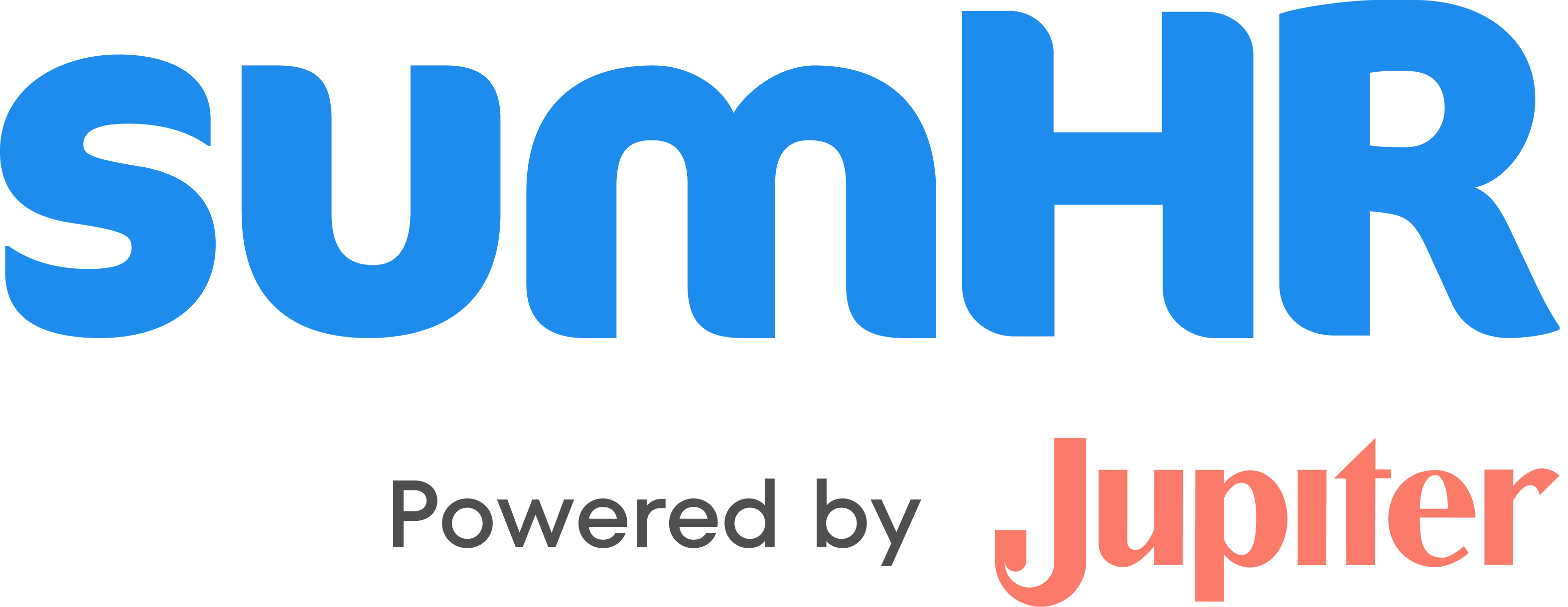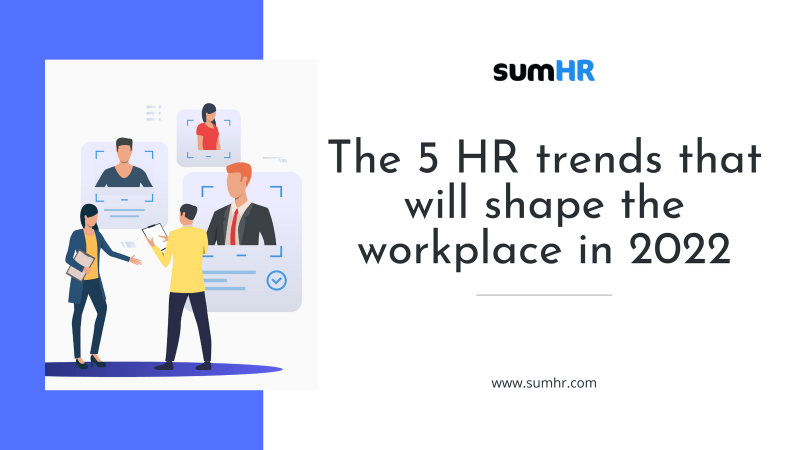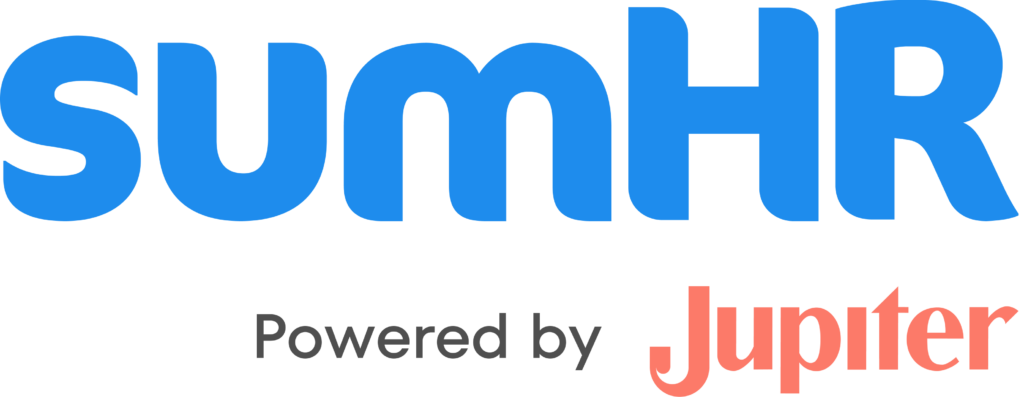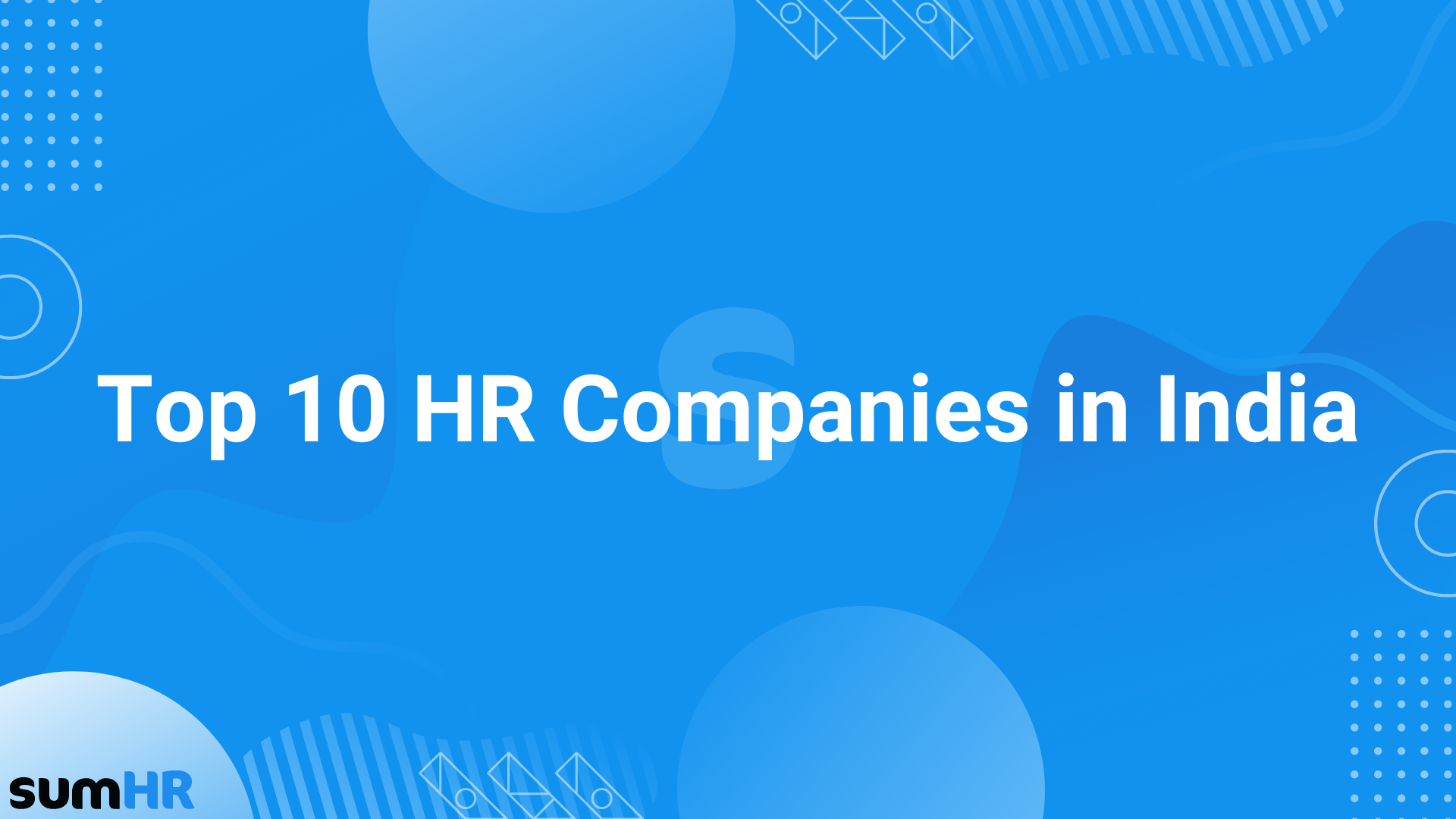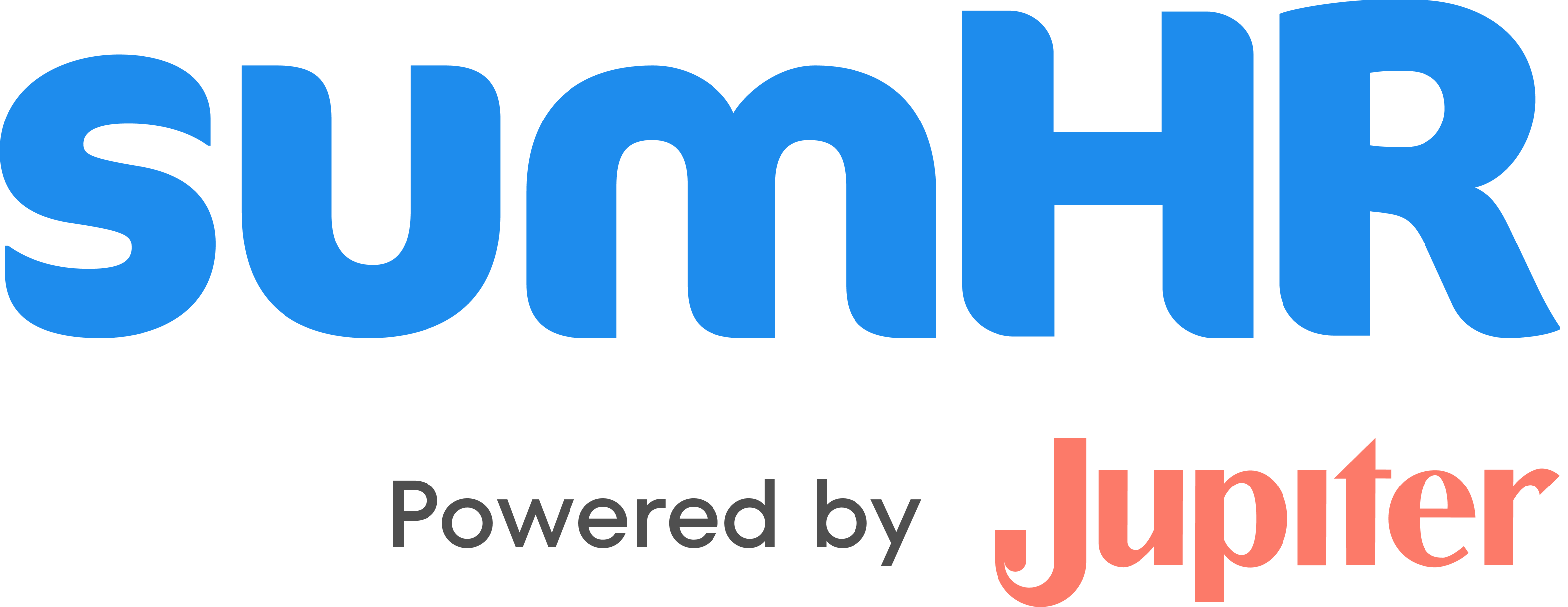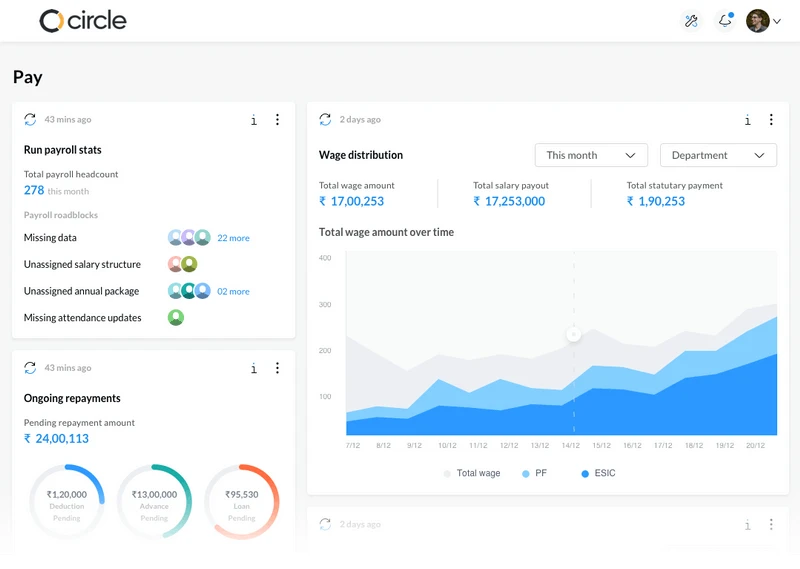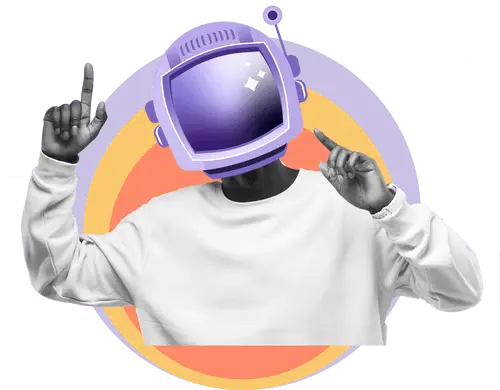Human Resource Management involves effective management of the employees in an organisation and hence it is one of the most significant aspects of any enterprise. However, it is employees who are the biggest asset of any organisation which makes HR management even more vital. The past few years have redefined the human resource management industry from a flexible work model to a holistic approach to employee well-being and improving the employee experience.
With knowledgeable remote workers who can work from anywhere at any time, we’ve already seen new patterns emerge. Frontline employees in healthcare, retail, transportation, and education, on the other hand, have little impact on their daily lives, but they are unlikely to be wholly unaffected by the other developments on this list.
As technology continues to change the relationship between our employers and us, it creates new opportunities for new ways of working. The year 2022 will be remembered as the year of true transformation.
Factors affecting HR Trends
Though the field of human resource management is complex, it can be handled successfully if certain key aspects are taken into consideration. There are various aspects that influence day-to-day operations when it comes to human resource management (HRM). Adapting in this field is critical since new legislation with an immediate effective date can be introduced at any time, and business policies can be amended at any time, with human resources bearing the brunt of the change. Furthermore, An organization seeking a competitive advantage must develop an organizational culture that promotes creativity and innovation.
External issues that may affect your human resources department are taken into account in a well-developed strategy. Many factors are influencing HR trends, including government policies and technological advancements.

- The work environment: The conventional office environment is no longer a steady practice and the work environment is rapidly changing owing to the new normal. It has brought a lot of challenges for the human resource management as well as the office workers.
- Government regulations: As new workplace compliance rules are introduced, your human resources department is continuously under pressure to stay compliant. These requirements have an impact on the HR department’s whole workflow, including hiring, training, remuneration, termination, and much more.
- Economic conditions: The current state of the economy is one of the most significant external effects. It affects not only your skill pool but also your ability to hire anyone at all. Knowing what’s going on in the world around you, as well as making a plan for when things go wrong, is one of the most important ways to prepare for economic downturns and re-imagine the business models accordingly.
- Technological advancements: This is an external effect because when new technologies are released, the HR department can begin to explore downsizing and cost-cutting measures. A job that once required 2-4 people could now be completed by a single person. We will see a rise in the use of tools and technologies that help manage remote teams, such as virtual offices and augmented and virtual reality work environments. Also, To overcome issues such as data confidentiality and employee privacy, we will develop new cyber security and WFH policies.
- Workforce demographics: As an older age retires and a new generation enters the workforce, human resources must devise innovative ways to attract new applications. To appeal to this younger demographic, they must hire in a new way and offer new forms of remuneration packages.
- Training and development: This can be a great way to boost employee engagement. It can also help the organisations find resources with the exact skill set required for various positions.
Here are the 5 most important workplace trends in 2022
1. Operating in a hybrid environment
- More work freedom
With centralised workplaces where everyone goes to work, we have basically three primary models. In one model, we have decentralised remote enterprises where everyone works from home; in the other, we have the hybrid working model, which combines the best of both worlds; and in 2022, individuals will have a lot more options.
This will have an impact on the so-called “global war for talent,” in which people fight for employment all around the world. As a knowledgeable worker, you must believe that the world is your oyster and that you can work for any firm remotely from anywhere.
- AI and technological advancements (digital transformation)
According to the World Economic Forum, AI and automation will result in 97 million new jobs being created by 2025. Artificial intelligence, on the other hand, will augment some jobs while displacing others, resulting in the automation of repetitive labour. If we think about manufacturing, there isn’t really any job that won’t be augmented by AI.
From the design stage, where we have enhanced design robots, to the manufacturing stage, where we have doctors augmented by an artificial intelligence who can now diagnose ailments via machine vision, we now work with intelligent robots and alongside intelligent robots.
We also have learnt about HR digital transformation. It is the process of transforming HR services and processes by integrating social, mobile, analytics, and cloud technologies (SMAC) to make them more efficient, effective, automated, and connected.
2. More soft skills than anything else
- HR as a campaigner for change
Over the previous few years, we’ve seen a lot of things that we don’t like in organisations. There is abuse, but there are also things that should not be tolerated. Salary disparities between men and women, for example. Salary disparities that are not justified, as well as disparities between other groups. As a result, there are some things that HR should not be bystanders to, such as looking at it, analysing it, producing reports, and claiming that our management isn’t up to par.
They should take a stand and do something about it. And in this way, work-spaces can be significantly improved.
- HR for the environment for a broader scope
Frequently, HR and HR teams work for people who are on the payroll of the company. That is an overly narrow perspective. There are numerous other stakeholders who are crucial to the organisation’s success. There are candidates, of course. There’s flexible labour, but there’s also the organisation’s clients or end clients. But what do we know about our end clients, and what do we do for them? Organisations are increasingly becoming part of a network and larger ecosystems, so HR must be relevant to and for the ecosystem.
Additionally, As an alternative to increasing compensation to compete for talent, some employers reduce employee work hours to justify keeping pay flat.
- It’s time for some genuine empathy
We all see and hear organisations, and many of them don’t appear to be very serious. People come second, and organisation comes first. Now is the moment for some genuine empathy, to go deep into and try to comprehend what motivates people, and how we can, say, ensure that people’s wishes, needs, and skills are utilised in our organisation. So, in 2022, let’s exhibit some genuine empathy as organisations and HR professionals.
So, in the run-up to the pandemic, the priority has always been to hire people who could help build these super-efficient organisations. As you’ve built in some redundancy and skill overlaps, the focus has firmly turned to the development of resilience. Another trend we’re seeing is to predict employee performance and employee retention more accurately, organizations will adopt new employee well-being measures that capture the financial health, mental health, and physical health of their employees.
By improving employee experience (from recruitment through career growth), companies will increase employee satisfaction, improve their reputations (in an increasingly demanding environment), and facilitate the transition towards more dynamic, agile, and flexible working models (employees flexibility).
3. Less emphasis on positions and more emphasis on abilities
As a result, skills are crucial since they address the underlying business concerns while also providing the abilities required in the workflow to overcome those challenges. On the other hand, they define how individual members of the workforce relate to an overall organisational structure or hierarchy, so we can expect more fluid professions and job roles in 2020, with a greater emphasis on skills.
We’ll also see more porous organisational boundaries, with people with the necessary talents being brought in and then leaving, or working for many businesses at the same time. This has a significant impact on life-long learning, which is becoming increasingly crucial because, in order to remain relevant in a few years, we must constantly upgrade and update our abilities.
- Monitoring and analysis of employees
Employers are increasingly investing in technology that allows them to monitor and track their employees’ activities in order to increase employee productivity. Managers directing remote workforces regard technologies that allow firms to monitor activity across email and applications like Slack in order to gauge company productivity as particularly valuable. Understand why people leave your organization by calculating your turnover rate.
4. Accept and value complexity
It’s past time for us to embrace diversity and complexity. When you look at how organisations recruit, you’ll notice that they’re still looking in very specific places. There is no talent war since there is so much talent all around us.
In recent years, HR technology has exploded, and we’ve seen a slew of innovative uses. Even still, if you look at the technology, it appears to be compelling people to follow a specific workflow. It makes no distinction between how advanced or digitally aware the user is.
What you’re seeing now is the technology that can adapt to the people who use it, so don’t lock people into routines. Technology can be so adaptable that interacting with it can be a terrific experience.
5. HR Division
HR activities make up the majority of the budget. Many employees in HR now are in operations or will be in operations in the future, running the HR machine in a sense. Assurance that the employee experience is amazing, quick, and of high quality.
The second, smaller, topic concerns HR strategy or HR architects. People who look at the organisation and ask, “How can our HR interventions assist us in realising our strategy and addressing our issues?”
The third category is called “people success,” and it focuses on assisting individuals in improving themselves. Because we put people first, we divided HR, operations, strategy, and people success into four areas.
Final Words
Employees and teams have experienced independence as well as the possibility of self-management. This is a tendency that has been going on for a long time. We still talk about employees as though they are our property. What should we do to keep our personnel motivated? What causes our staff to leave?
There was a time, a long time ago, when organisations said, “Well, we can’t deal with other elements of our employees’ lives; it’s all about work, and what they do in their private lives with their families, our friends, and so on is not our responsibility.” That is beginning to change.
We see businesses taking a broader view and stating that they want to assist people in being better not only at work but also in their personal lives. So it’s not all about money. It’s about how to interact with others and how to advance your career outside of work. So, of course, life coaching has a lot to do with happiness; not only happiness at work, but happiness as a whole person.
The end of the employee signifies a shift in people’s independence and equality inside the organisation.
SumHR is a cloud-based HR software and Payroll software that is modern, fun, and exceedingly simple to use. It’s a cloud-based system that streamlines HR and payroll processes for startups and small and medium businesses. To get your free HRMS click here and use the code FREE.
Frequently Asked Questions
- What are the latest trends in the field of HR analytics?
HR managers can expect a rise in corporate data analytics spending. Furthermore, the data can assist HR managers in answering issues about future worker availability, employee shortlisting for bringing back into the workplace, and the potential of COVID-positive personnel being able to work.
- Why are diversity, equity, and inclusion important?
It demonstrates to customers and staff that you are not scared to give everyone a chance. Everyone deserves a chance to demonstrate their abilities at work, and having diversity and empathy in a company provides that opportunity.
- What’s going to be the biggest HR trend in 2022?
HR’s top priority in 2022 will remain developing and retaining talent. The COVID-19 pandemic has taught us the importance of being able to go digital. Since markets, strategies, and even dynamic company environment or company culture has been continuously developing; skill development has become a key part of any business strategy.
- How are employee engagement and behavioral health affected?
The financial benefits of supporting employees’ mental wellness are apparent. Companies that do not prioritize mental health and integrate it into their HR plans are losing money and productivity as well as missing out on the potential to boost employee engagement. Employees must believe that their companies and executives care about them and their career development in order to feel engaged, excited, and invested in their work.
- Is remote work a growing trend for HR professionals?
Human resources must heavily invest in engaging remote employees today. Working from home is here to stay. We have three fundamental concepts for centralised workplaces where everyone goes to work. We have decentralised remote firms where everyone works from home in one building; in the other, we have the hybrid model, which combines the best of both worlds; and in 2022, individuals will have a lot of options.
